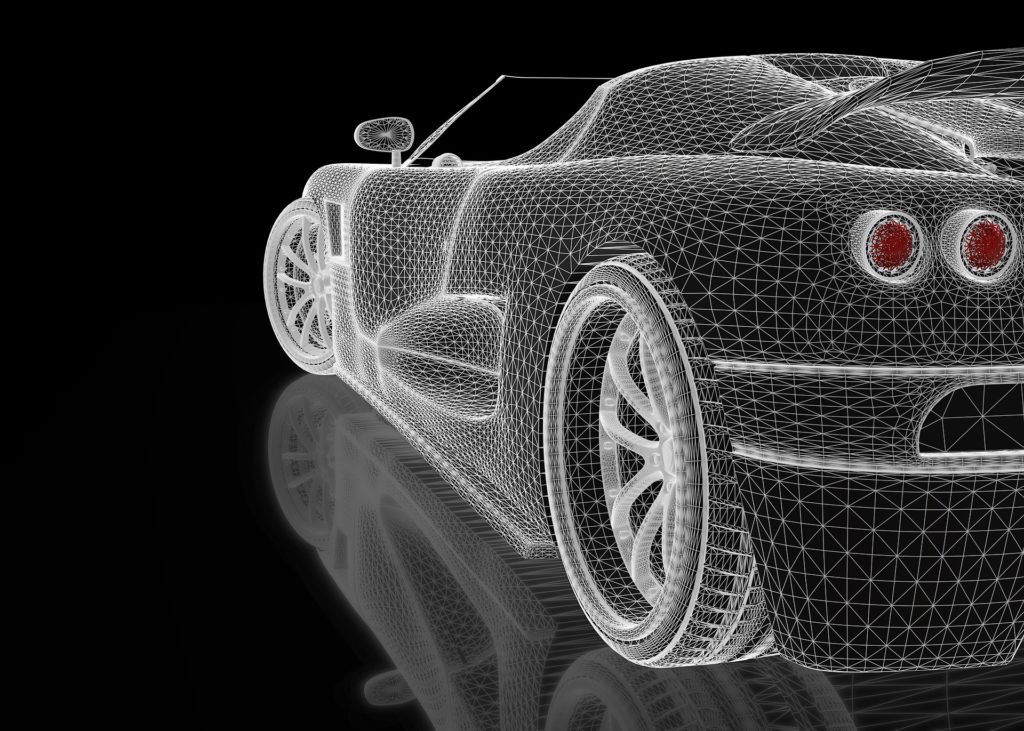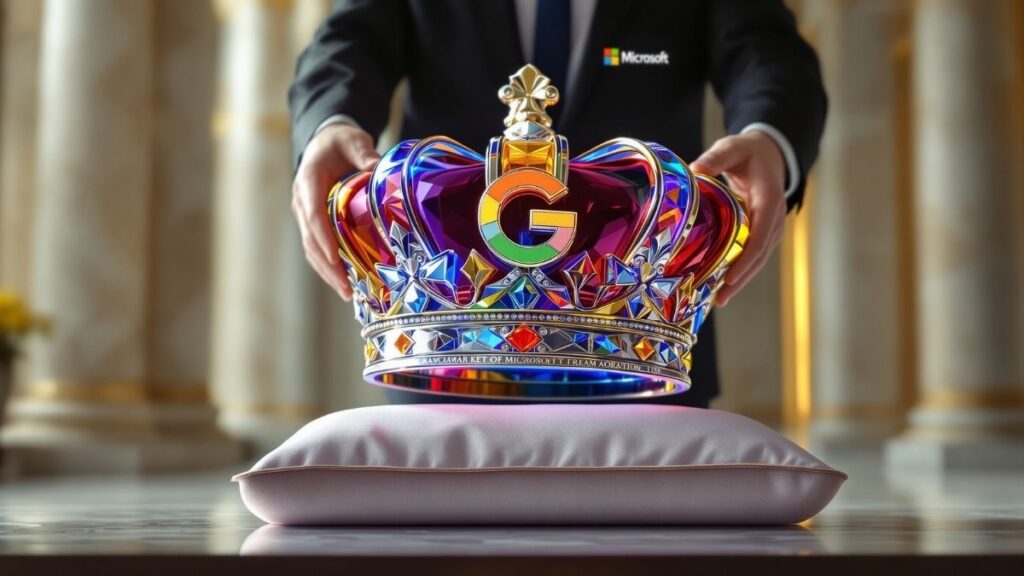To say I’m a car nut would be an understatement. I started driving at 9, got my license when I was 15, and have had a car hobby for much of my life. But as cars advanced, my ability to tinker with them has significantly declined. Things stopped being intuitive in the 1970s with the plumber’s nightmare of anti-smog devices, which lowered gas mileage and destroyed performance. Then came the computers and the habit of layering in technology from different vendors making it increasingly hard to diagnose problems, let alone fix them without expensive diagnostic gear. Cars did get safer, and performance came back. Still, the excessive complexity levels made post-warranty repairs difficult and resulted in the premature retirement of cars to junkyards and landfills—an unfortunate outcome.
Well, at Qualcomm’s event last week, three companies showcased a willingness to rethink the automobile. These companies were Qualcomm, Google, and Blackberry, and together they may not only make the car of the future a ton safer but a ton easier to repair. Let me explain.
Tesla’s Example
Tesla blazed this trail by rethinking the car as more of an electronics platform. By simplifying the car’s electronic components and focusing on electricity rather than gas, Tesla created a “perfect storm” automobile with the initial Tesla S. For the price, there is no car with higher performance, better ease of use, more robust safety, and greater comfort than a Tesla. Now fit and finish isn’t great. The car’s overall look is becoming dated. Still, on sustainability, Telsa also leads by providing an upgrade rather than disposal alternative for their cars and increasingly using environmentally friendly interior finishes.
They plowed the trail, but they are far from perfect, and their autopilot isn’t an autopilot, and they lag Cadillac in terms of self-driving performance. GM, the maker of Cadillac, is partnered with Qualcomm resulting in a better system. This disparity showcases the downside to going it alone, but without Tesla, we likely wouldn’t be anywhere near where we are with electric cars.
Tesla set the bar, but with Qualcomm, Blackberry, and Google’s help GM (and others) are about to leap over it.
Qualcomm, Blackberry, and Google Setting A New Higher Standard
Qualcomm brings to the table their long experience with telematics, their ability to work with manufacturers of smartphones to create better joint projects, and their experience with modems and communication. Blackberry has the most secure high-volume operating system on the planet, with QNX, which is being used on car operations. Google has Android, arguably the most popular (by volume) operating system on the planet and often used for entertainment and communication.
The Blackberry-Google part of this effort is rather interesting because while each potentially plays on both the control and the car’s entertainment side, they are best when working together. QNX leads with security and experience with embedded systems. Still, it doesn’t have much in terms of app support, which is a plus when you talk about the systems that drive, control, and stop the car, but a minus if you are talking about cockpit entertainment. Google’s Android platform has a ton of apps and developer support, making it less secure and more likely to get hacked, tolerable for the entertainment systems in a car but unacceptable for anything to do with car safety or security.
Qualcomm knows how to make an electronic device efficient, reliable, and connected, all critical to the coming wave of autonomous cars; Blackberry secures the result, ensuring the car is reliable and safe. Google assures that entertainment in the car is far-reaching and easy to access.
Wrapping Up
While I’m focusing on the car’s electronics, I should add one other company to watch is Arris Composites who is working on redefining what cars are made from while lowering their weight and making them more resistant to damage.
GM’s Impressive showing at CES showcased some of the results of this technology influence. The Cadillac Lyriq and Celestiq are both exceptional automobiles that, on paper, appear to be substantially better than a Tesla for the money and promise to carry the revolution that Tesla started into the mainstream. For a guy that wouldn’t be caught dead with a GM car for most of his life, wanting two of them (the Lyriq + the secret electric sports car) is a significant change. But that change is no less remarkable than the effective collaboration between Qualcomm, Blackberry, and Google.
Together these companies are working to assure that our car of the future is secure, reliable, autonomous, beautiful, and nothing short of awesome. I can hardly wait until I can say, welcome to the future of the advanced American electric car.
- Lenovo’s Secret Weapon: Solving AI’s Failure-to-Launch Crisis - November 3, 2025
- Guarding the Digital God: The Race to Secure Artificial Intelligence - October 27, 2025
- Is Windows the New Internet Explorer? How Microsoft Is Slowly Killing Its Most Iconic Product - October 17, 2025




Comments are closed.